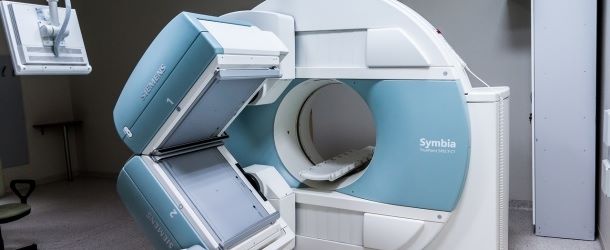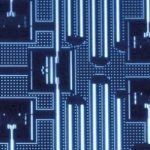Prototype Quantum Computers of 1990s Relied on Technology Behind MRI

(Gizmodo) The first quantum computers weren’t computers at all. They were biochemistry equipment, relying on the same science as MRI machines. Physicists tinkering with mathematics and biochemistry equipment for curiosity’s sake led to the prototype quantum computers of the late 1990s which in turn indirectly led to the quantum computers built by Google and IBM today.
The medical and biochemistry industry had long been using a quantum computer in research—Nuclear Magnetic Resonance, or NMR spectrometers. NMR, the technology behind MRI, most commonly consists of a molecule of interest dissolved in a liquid solvent, placed in a strong magnetic field. The nuclei of the atoms in these molecules have an innate quantum mechanical property called “spin.” Magnetic resonance imaging or MRI machines instead use this signal to create a picture. But the physicists realized that they could treat certain molecules in this magnetic field as quantum computers, where the nuclei served as qubits, the spin states were qubit values, and the radio-frequency pulses were both the instructions and controllers.
“In a sense, NMR had actually been ahead of other fields for decades,” said Jones, a biochemist who teamed up with physicist Michele Mosca to perform one of the first quantum calculations.



















